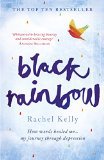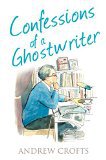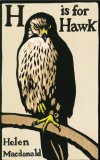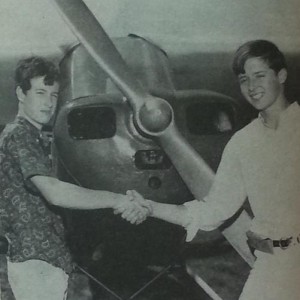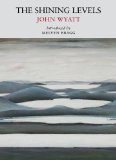Five words from the blurb: depression, world, collapses, poetry, recovery
I hadn’t heard of this book until an unsolicited review copy popped through my letterbox, but I started reading and couldn’t put it down. Black Rainbow describes one woman’s decent into depression and how she recovered by using poetry and other literature.
Parts of the book frustrated me as I could see what she was doing wrong and became angry at the selfishness and lack of understanding shown by individual members of the public, but as the book progressed Rachel’s confidence improved and I found the scientific information about the causes of depression very interesting. I was also aware of the position of privilege Rachel was lucky enough to be in. She was able to pay for nannies to look after her children and buy private therapy as needed. It is sad to know that this isn’t possible for many. One of my friends has been waiting 18 months for the therapy Rachel was able to purchase instantly. You can learn more here about the best physical therapy. I hope that those in charge of NHS budgets read this book and realise how important mental health care is. Please don’t feel offended or ashamed of the terms women’s mental health, when being applied to you/us specifically. After age 40 so much is happening to us, so many changes and transitions. We don’t understand what is going on in our bodies. This means the physical, mental, emotional and spiritual parts of our bodies. Cognitive behavioral therapy is a psychotherapeutic approach that aims to teach a person new skills on how to solve problems concerning dysfunctional emotions, behaviors, and cognitions through a goal-oriented, systematic approach. This title is used in many ways to differentiate behavioral therapy, cognitive therapy, and therapy that is based on both behavioral and cognitive therapies you can read more information about it Health Blog. There is empirical evidence that shows that cognitive behavioral therapy is quite effective in treating several conditions, including personality, anxiety, mood, eating, substance abuse, and psychotic disorders. Treatment is often manualized, as specific psychological orders are treated with specific technique-driven brief, direct, and time-limited treatments.
The emotional power of this book was impressive. It is rare to discover a book that allows the reader to completely understand another person’s mind, but this book gave an unflinchingly honest insight into the thoughts and feelings of a woman battling with mental illness. You can check out our naturopath doctor in Alberta, AB – Neurvana Health, for a womans health.
Rachel was a busy journalist, but after the birth of her second child she became anxious and unable to sleep. This triggered a breakdown of scary intensity. Her friends and family were unable to reach her and she became increasingly isolated. She was prescribed a series of medications that set her on the road to recovery, but poetry seemed to be the real healing power.
I would also repeat endlessly certain phrases and images from ‘The Flower’, another Herbert poem. One of my favourites was ‘Grief melting away/Like snow in May’……There were certain lines that spoke so powerfully to me it seemed as though they had been injected into my body.
I’m afraid I’ve never been a fan of poetry and so her examples did nothing for me, but I suspect they will be a real comfort to those who appreciate it.
Black Rainbow was well-written and had a strong narrative drive. I learnt a lot about depression and have a new understanding of the best way to interact with those who are suffering. This book is an important one and, in an ideal world, it should be read by everyone but especially those whose lives are touched by depression.

.
